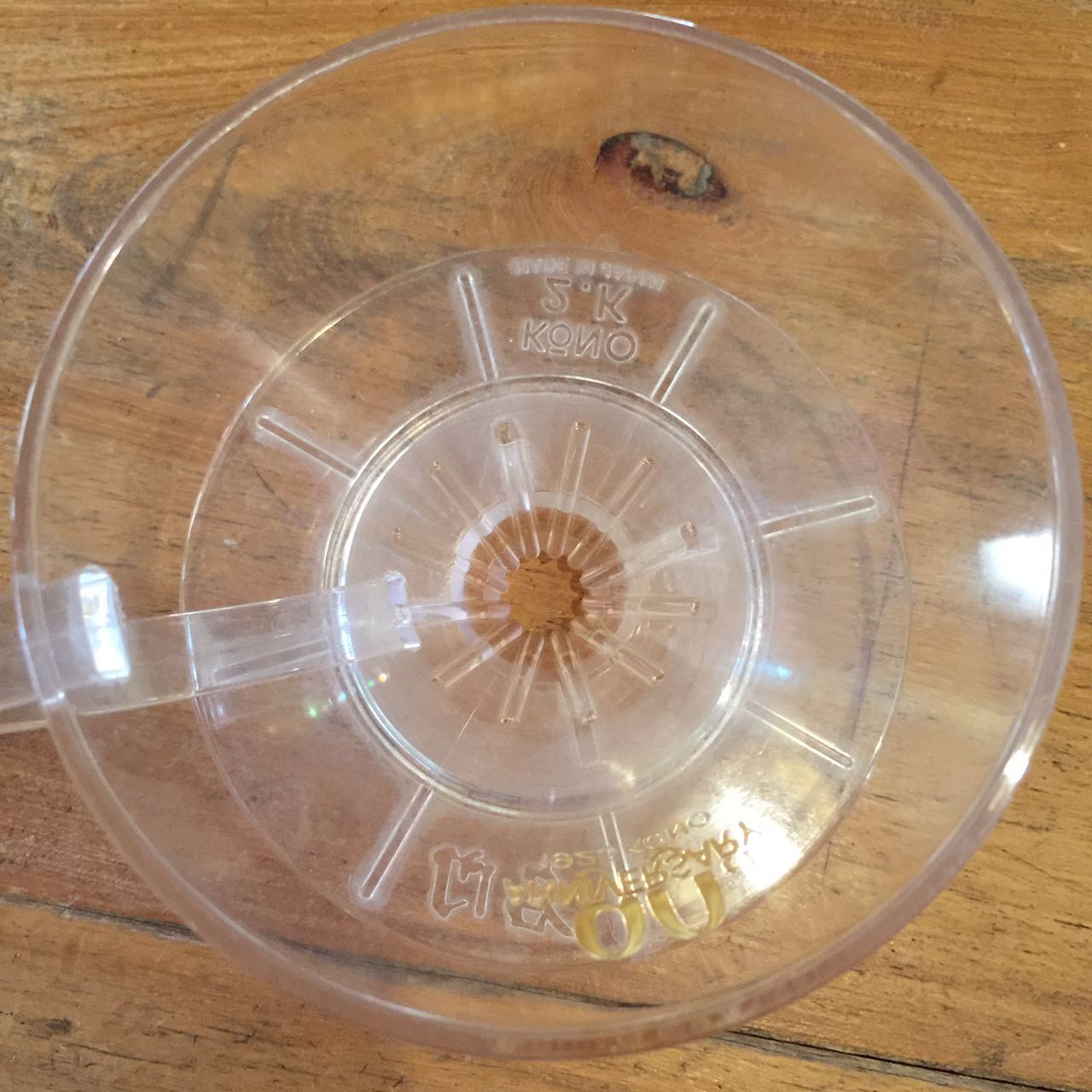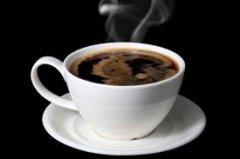What is Pourover Coffee? how to make Pourover Coffee? can you make Pourver at home?
Pourover coffee starts with (fresh) ground coffee, a filter cup and a sharing pot.
All coffee extraction methods involve three identical stages: wetting, dissolution and diffusion. Each stage is linked to other stages and affects the next stage in some important ways.

Why is the pouring different?
Pourover Coffee (unlike some other methods) constantly replenishes the liquid around the coffee grounds with fresh water. This promotes faster and more efficient extraction. On the other hand, this kind of fresh water also tends to extract more water from the surface of the ground.
Pouring a stream of water from the shower head of a coffee machine, rather than a dozen or more small streams, will only reduce the surface temperature loss of these narrow streams, creating a several-degree high brewing environment. Temperature and water quality affect the overall reaction rate of our coffee chemistry team (hotter, cleaner water usually means faster).

Wetting
Wetting is like it sounds like: coffee is dry, you get it wet. The reason you need to think of it as a whole phase is because it's not as simple as it sounds. One of the main by-products of roasted coffee (you don't think coffee beans are brown, do you? ) is carbon dioxide gas. For lighter roasted coffee, carbon dioxide is indeed trapped in the cellular structure of coffee beans and slowly leached within weeks. With the deep roasting of coffee, the roasting process is physically blown into each cell hole, while most CO 2 comes out in just a few days. This feature of black coffee (coffee has gone through the "second coffee" stage) is also why I give you different recommended specifications to extract black coffee below depth more effectively.
When you pour coffee powder with hot water, CO 2 can escape it from bubbling. The problem is that if carbon dioxide gas goes out, water cannot enter.
When you start your coffee extraction, you need to add enough extraction to wet all the coffee powder with water, and then steam for about 30 seconds. You will see the coffee noodles expand and expand.
Once the coffee is completely soaked, the hot water dissolves the soluble matter (also known as solute) in the bean cells.
The complex mixture of organic substances in coffee includes both pleasant and unpleasant types. Fortunately for us, a convenient fact of coffee chemistry is that pleasant soluble substances dissolve more easily in water than unpleasant tastes. so to extract delicious coffee is to stop the extraction at the perfect moment-it has dissolved the good taste, but before these unpleasant tastes begin to dominate.
Time and adjustment
Most roasted coffee beans, about 2/3 of the beans, are insoluble cellulose. Another 1/3 is soluble in water. Most of them are good things, especially various organic acids and sugars. The rest are long-chain molecules, and we are associated with astringency and bitterness. We tend to find the best flavor balance if the extraction rate is between 19-20%, that is, if you extract the first 19-20% mass of coffee. After that, you will find that these astringent and bitter tastes begin to dominate.
Although coffee extraction does not require a special kettle, a narrow vent does make it easier to control what you are doing. One of the big differences between pourover coffee and drip coffee brewing coffee is that with Pourover, you can clearly observe what happens during the extraction process. Having a narrow kettle helps maximize control and take the water directly to where you want to go. Adjusting your beer extraction means finding the right combination of grinding size (thicker or finer), formula (ratio of coffee to water) and extraction time. However, the speed at which water drips through the coffee bed depends on the speed at which the coffee bed itself slows down. More coffee or finer coffee leads to slower flow, and vice versa. One of the disadvantages of beer extraction is that the flow of liquid is closely related to grinding size and bed depth. Getting the best extraction may involve a large number of trials and errors!

By keeping a completely wet foam bed, you can increase a few more degrees within the foaming temperature range. Drying your coffee bed can lower your effective extraction temperature by 5 °F or higher, because the large amount of water evaporated from so much surface area is enough to cool down. The higher the temperature, the faster the chemical reaction, although it may technically make your extraction water overheated, but in most cases, you can stay in good condition.
This is my basic skill of making coffee beans at home. You need to try different variables and try your results to determine what works for you.
There is a watch or stopwatch for regular brewing. Your phone may have hidden the "clock" part somewhere.
1. Start with the thickness of the sugar. Think of as the original sugar. )
How much it costs: most pourover drips work best when half to 2/3 of them are full of coffee grounds. Anything less than this, there is not enough coffee to limit the flow. Also, your drip may spill over. You also need to make sure you're dripping into a boat big enough. If you are the more accurate type of measurement, the ratio of coffee to water per liter of water is between 60 and 70 grams of coffee (mass ratio is 1:16 to 1:14).
two。 Let you clean (if you need to filter) to prepare the brewing water. If you pour it directly from a boiling kettle, you will use boiling water for about 30 seconds, or if you are pouring it into a second kettle, bring it to a boil immediately. I like medium light baked at 207 °F and black baked at about 10 °.
3. Start your clock and add enough water to soak all the coffee (dripping a little too early is good). Wait for the coffee bed to stop its initial swelling (about 30 seconds), and then add water.

4. Go on with your beer. Try to pour it quickly, gently and evenly on the surface of the coffee, pausing between two spills to allow your coffee to reach the target brewing time (see below). The distance of the extraction water drop will not only affect the extraction temperature, but also increase or decrease the amount of stirring caused by the falling water when the coffee bed falls. In general, if there is no other reason, the best way is to create and maintain consistency.
When you stop adding water, your drip will continue to drip for 20 to 60 seconds.
The target total extraction time for black roasted coffee is about 2.5 to 3 minutes, while that for medium to light roasted coffee is 3 to 4 minutes. This includes dripping time after stopping adding water.
Make adjustments! If your coffee tastes weak, you may grind it too rough, so try it better next time. If your coffee is too strong, use less coffee next time, or just add a little hot water to the finished product to extract and taste.
Important Notice :
前街咖啡 FrontStreet Coffee has moved to new addredd:
FrontStreet Coffee Address: 315,Donghua East Road,GuangZhou
Tel:020 38364473
- Prev

A variety of common coffee instructions on how to order a cup of coffee you like.
American style: dilute a cup of espresso with hot water. BARISTA: barista CAPPUCCINO (cappuccino): espresso and foam steam milk (thick milk) CHEMEX (elegant): classic hourglass coffee filter. Chemex filters are denser than other paper filters, which many people think creates a sweeter, balanced cup of coffee. CLEVER COFF
- Next

Differences in extraction and nutrients between coffee and tea
Pu'er Tea [Photo: Vicky Wasik] the main difference between where I keep my tea set and where my coffee equipment is located is scale. My coffee cabinet is constantly filled with products-ceramic cones, various grinders, Danish immersed neoprene pans and so on. On the other hand, there are only three tea sets in my tea drawer-one glass jar with a filter, one
Related
- Beginners will see the "Coffee pull flower" guide!
- What is the difference between ice blog purified milk and ordinary milk coffee?
- Why is the Philippines the largest producer of crops in Liberia?
- For coffee extraction, should the fine powder be retained?
- How does extracted espresso fill pressed powder? How much strength does it take to press the powder?
- How to make jasmine cold extract coffee? Is the jasmine + latte good?
- Will this little toy really make the coffee taste better? How does Lily Drip affect coffee extraction?
- Will the action of slapping the filter cup also affect coffee extraction?
- What's the difference between powder-to-water ratio and powder-to-liquid ratio?
- What is the Ethiopian local species? What does it have to do with Heirloom native species?

